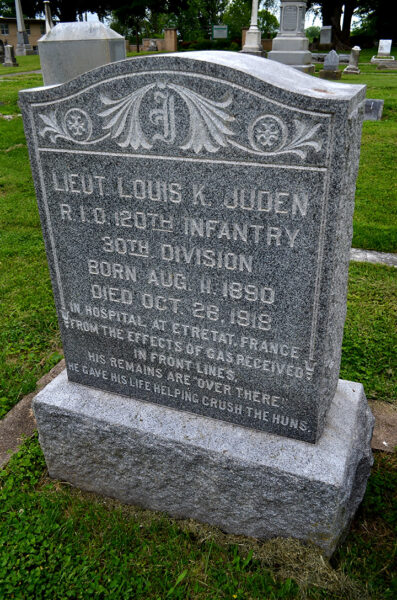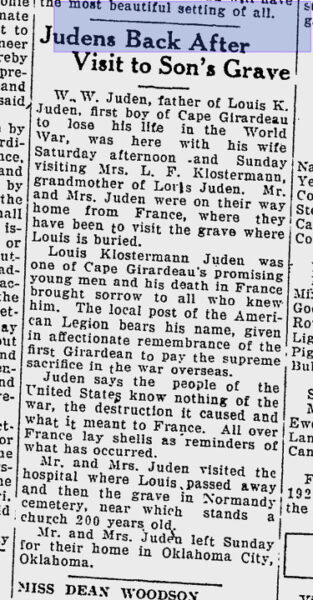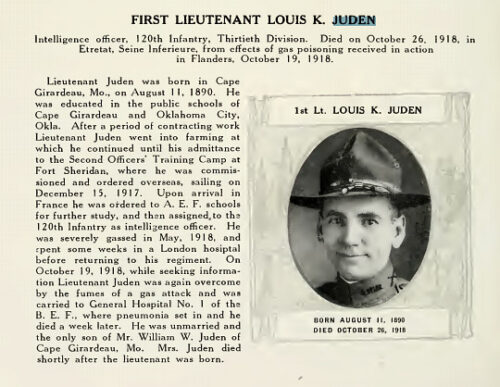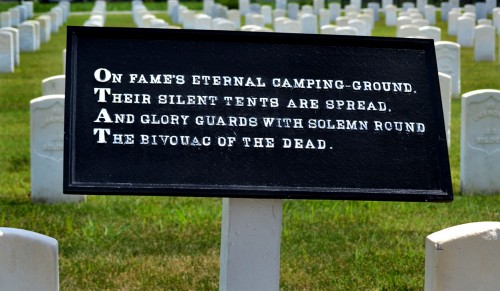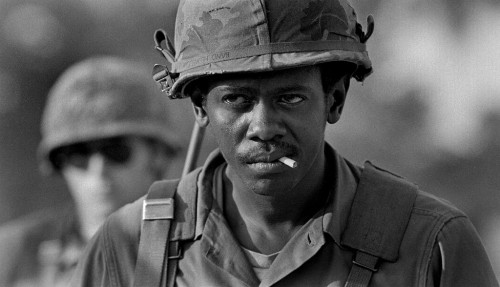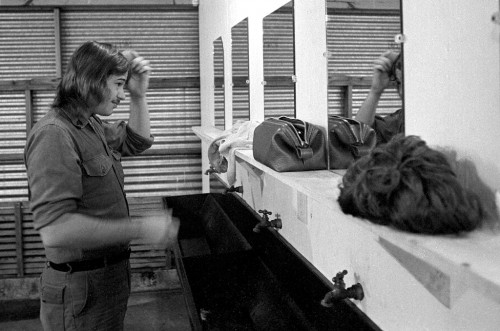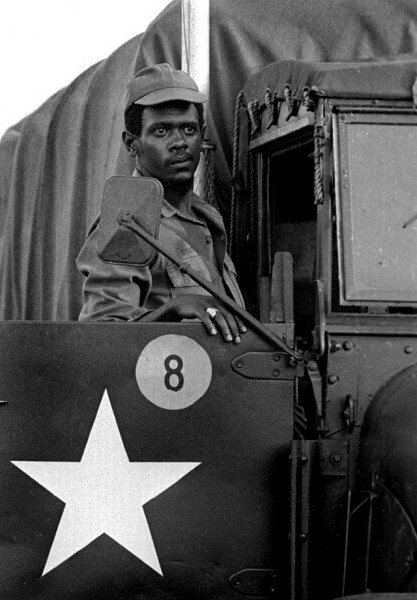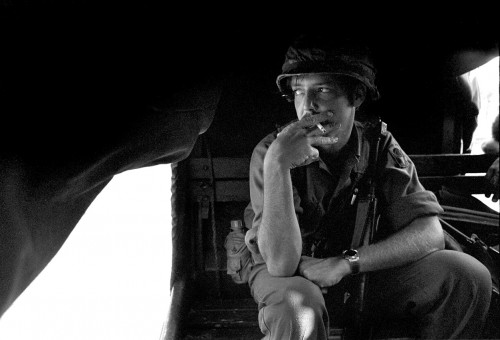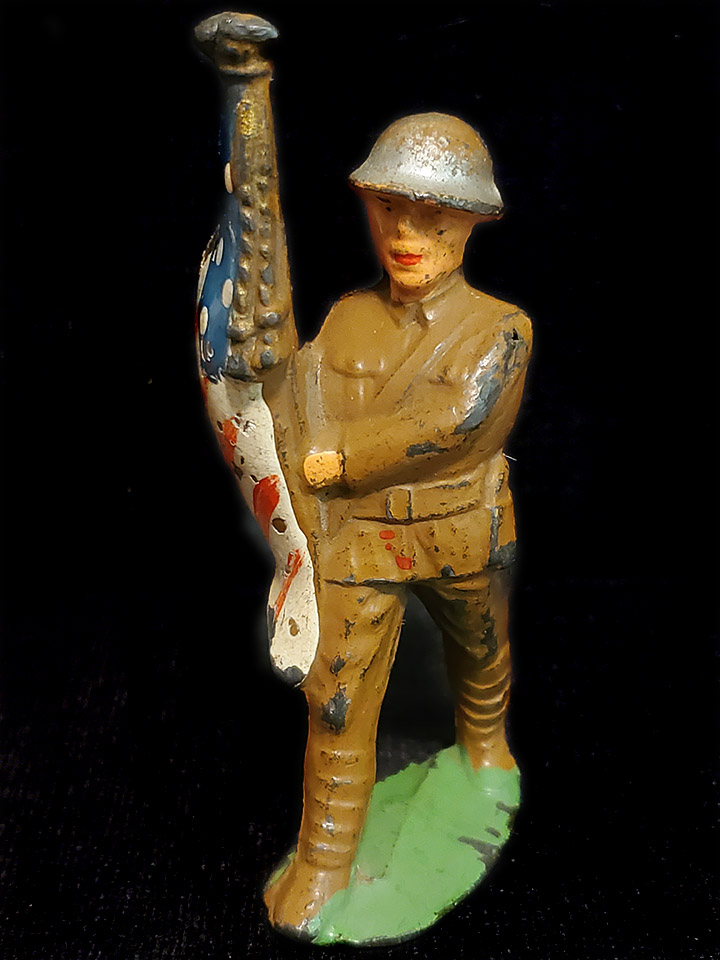
There’s no telling what might pop up when you start digging through boxes of Steinhoff heirlooms.
It’s appropriate that this metal toy soldier came to light in time to commemorate Memorial Day. It looks like he might be dressed in a World War I uniform. I don’t ever recall seeing him before, so I have no idea of his history.
Now that he’s had a chance to see the light, I’m going to have him march over to the Cape Girardeau County History Center in Jackson so he can be enjoyed by others.
One Tin Soldier
While working on this guy, One Tim Soldier, the 1971 hit song in the movie Billy Jack, came to mind.
The song told the story of two neighboring tribes, the warlike Valley People and the peaceful Mountain Kingdom which possesses a great treasure buried under a stone. The Valley People demand the treasure. The Mountain People respond that they will share it with “their brothers,” but the Valley People invade and slaughter the Mountain People. On overturning the stone, they find nothing except the words “Peace On Earth” inscribed beneath it.
The song ends
Go ahead and hate your neighbor
Go ahead and cheat a friend
Do it in the name of heaven
You can justify it in the end
There won’t be any trumpets blowing
Come the judgment day
On the bloody morning after
One tin soldier rides away
Previous stories about veterans and memorials
- Thoughts on Memorial Day 2010
- Cpl. Robert Taylor 1947-1968
- Advance’s Military Memorial
- Jackson’s World War I memorial
- Gary Schemel, first Central student to die in Vietnam
- Civil War statue on Common Pleas Courthouse grounds
- Florida National Guard
- The Price of Freedom
- Stoddard County Confederate Memorial
- Brookside War Memorial in Jackson
- Althenthal-Joerns American Legion Post 158
- The saga of Sgt. Ginter in the Mound City National Cemetery
- The last words of Pvt. Ladd, chosen by lot to be executed
- At least 80 vets are buried on the grounds of the former Athens Lunatic Asylum
- Mass grave of troops killed in the Battle of Mingo Swamp
- Veterans Day flags in Cape and Bollinger Counties in 2013 (with links to other years)
- Seeing the elephant


